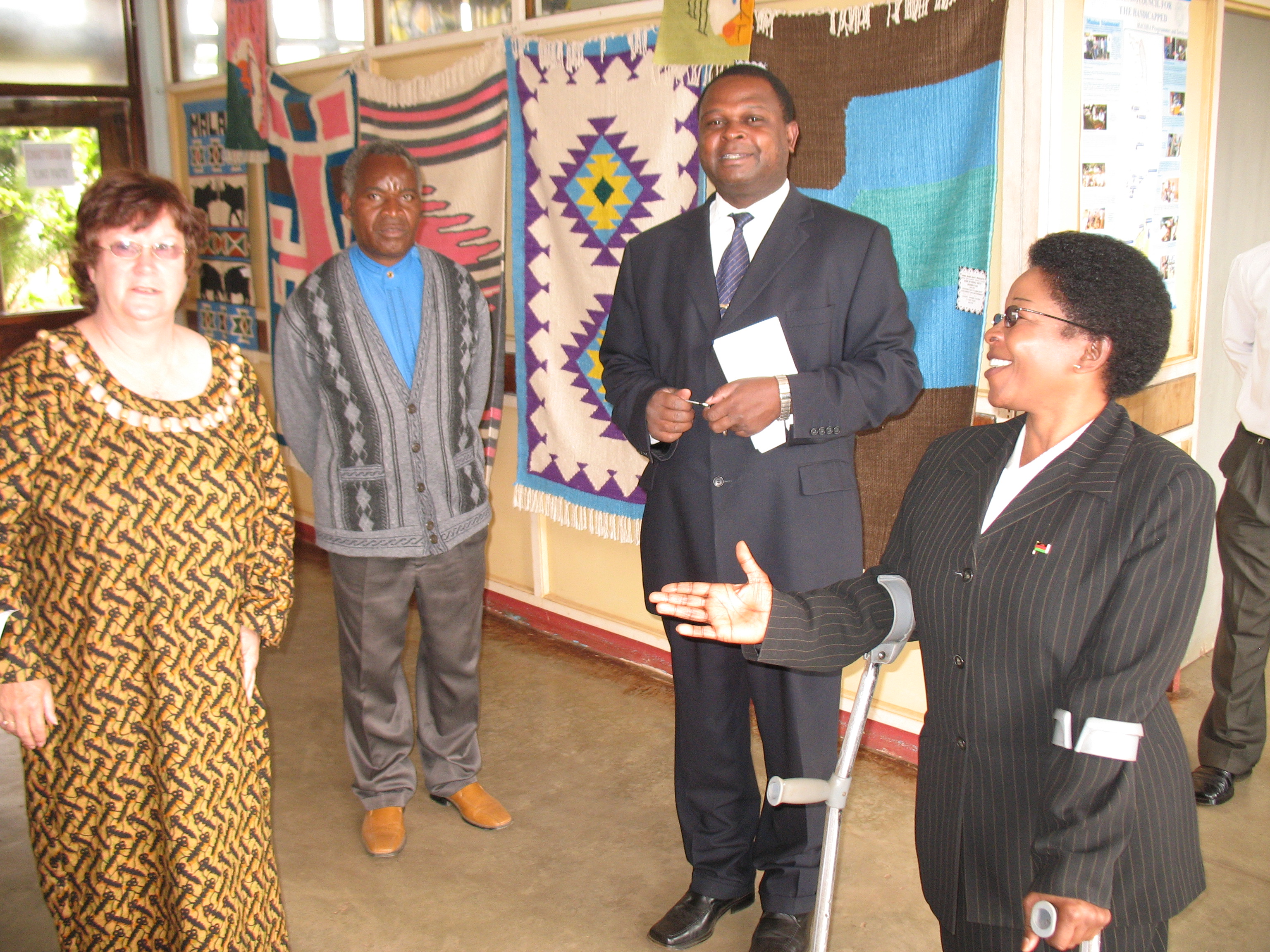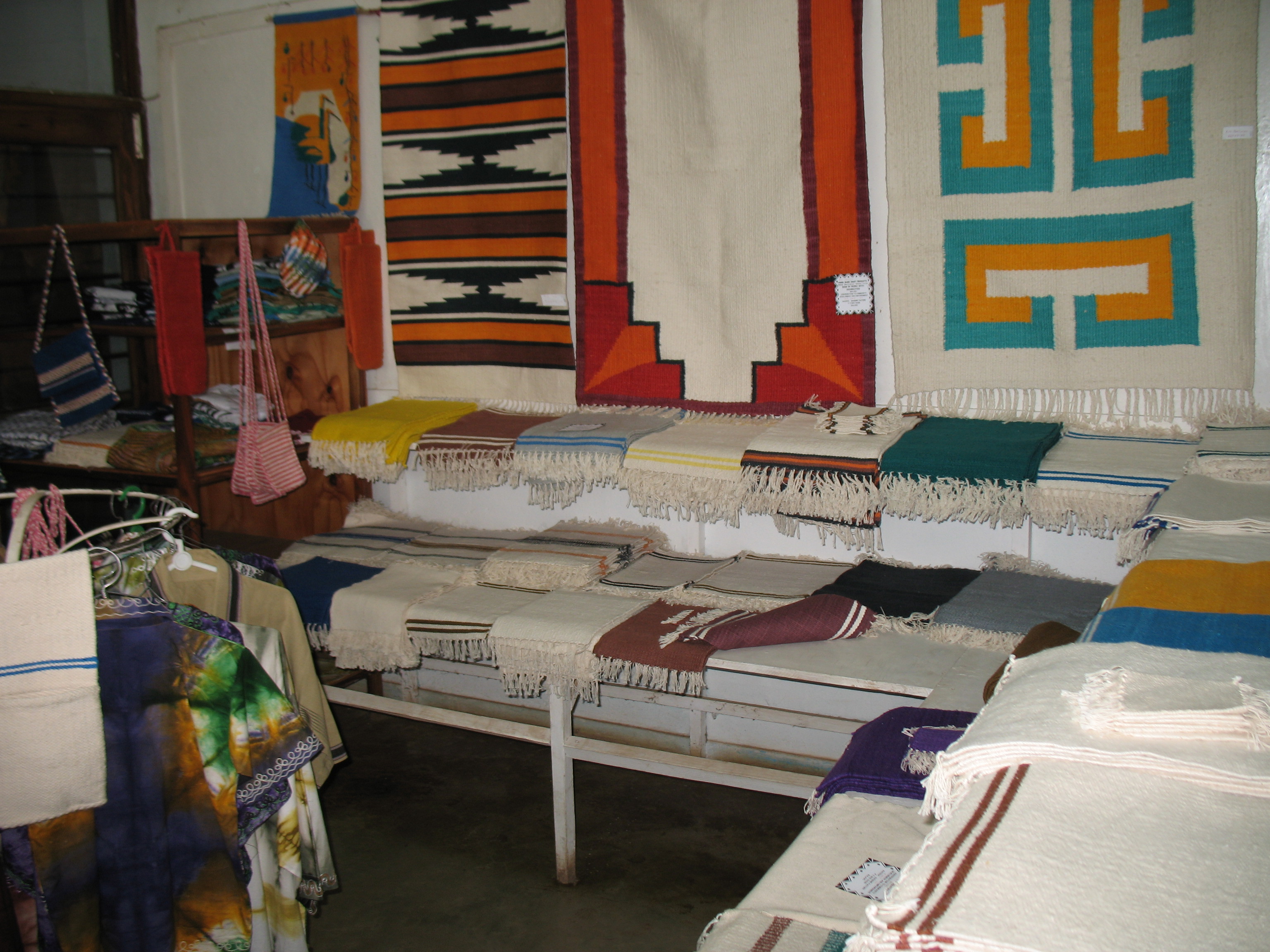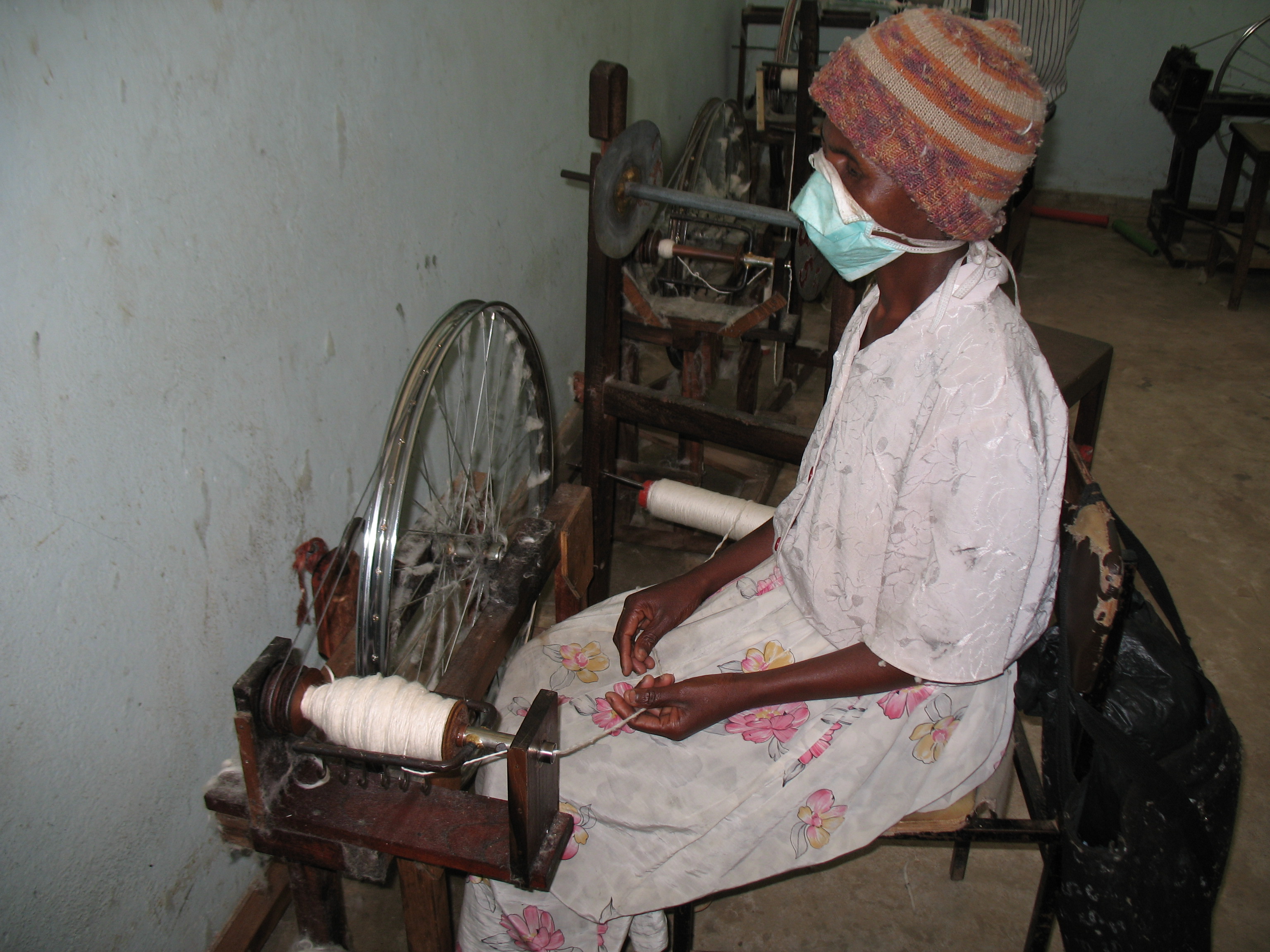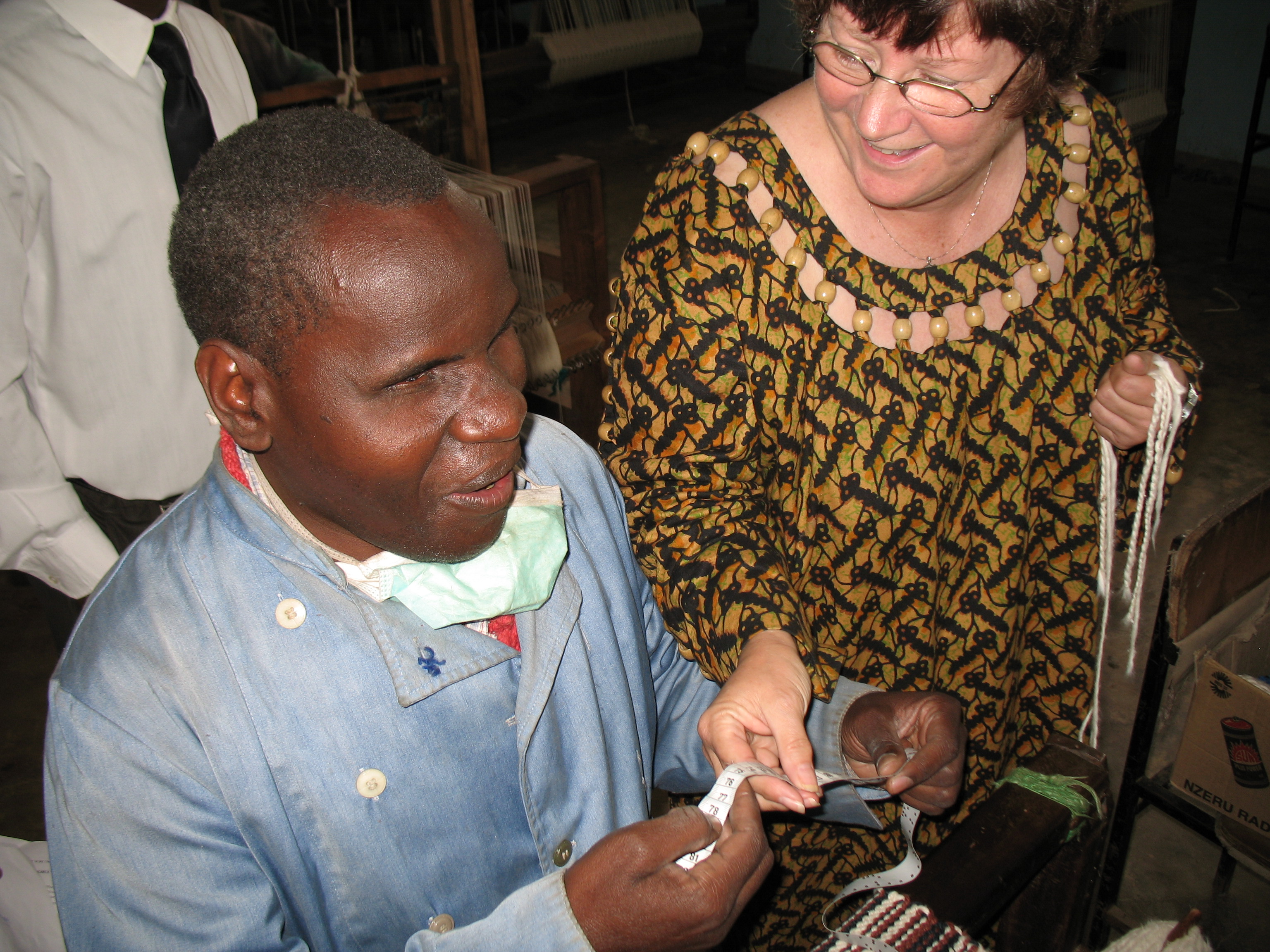A Couple of Hours at Weaving Factory
Blantyre, Malawi … When one leaves Queen Elizabeth Hospital, a well-known landmark on the east side of Blantyre, and the second biggest hospital in the nation, it is only a short distance south of Limbe on M-4 highway, that one reaches the Bengwe Weaving Factory. It is another recognizable landmark in the southern region of Malawi, for it is one-of-a-kind. A fence on the street side wraps around the building to protect inhabitants from harm. Nearly everyone who comes to this facility for help has either a mobility issue or problem with their sight.
We parked our vehicle on the street side and walked through the gate. A weather-worn sign near the entrance reminds the visitor this facility has been in existence since 1976. Over 100 hundred people work in the aging factory, and at least 80% have disabilities. Were sufficient resources available the facility could serve at least 150 people? The factory champions the theme, “Disability is not inability.”

Stepped through the doorway we were immediately greeted by the staff as though we were long lost family members. Their warmth immediately made us feel comfortable and removed any apprehension we might have had concerning our visit. Even from our vantage point in the lobby it was immediately evident, because of the cleanliness of the facility, and the orderly way everything in the lobby was organized, that there is commitment to excellence on the part of both staff and patients, and a great deal of pride in the success of the programs and the achievements of this group of people.

After introductions and the customary signing of the visitor’s book, staff members led us into a small store where things produced by the workers are sold at very reasonable rates. Hats, scarves, tablecloths, couch covers, and dresses are just a few of the items on display for those who wish to help the facility with its expenses.
Entering the Main Working Area
Entering the room where the workers were creating the colorful clothing and other printed materials, we discovered a beehive of activity. People who could not walk working side-by-side with people who could not see, creating masterpieces in design and color many of would never view.
As we moved from workstation to workstation it was evident the pride and workmanship coming from this facility. They felt their workmanship could match anyone, whether living with or living without a physical impairment. Physical problems did not stand in the way of their productivity.

At first glance, it was strange to see a group of people working facing directly into the wall. Then we realized they did not mind facing the wall, as the entire group was blind.
At another station, we were surprised to watch a distinguished looking gentleman sorting and spooling different colored yarns. What was surprising was the fact he was blind. Looking carefully at the yarn, and discovering it was all the same size added to our puzzlement. A member of our team could not help but ask, “How is it he can sort colors while being unable to see color?”The answer came back that particular colors were wound to different length tubes; he need only measure the length of the tube to determine the color. After mentally measuring the length of the tube on which the yarn was wound he was able to spool the yarn according to the correct color. This type of innovation was evident throughout the facility. Through the years the factory had developed successful procedures to overcome physical problems.

It was also to see how happy the people were. Being able to provide for themselves, and their families, even with a physical disability, gave them a reason to get up in the morning, come to work, and accomplish something of value. It was a real plus that they also had good paying jobs. This added to their feelings of self-worth and accomplishment. Obviously, this program is not a handout, not a welfare program, but a program fitted and designed for people who want to do something worthwhile in spite of their physical disabilities.
As we reached the end of our tour it was obvious the Bengwe Weaving Factory, and the government agency sponsoring it, have an uphill road to face. Finances are short, expansion is needed, and growing numbers of physically challenged people call for a larger staff. However, their current success is making a big difference in the lives of many people.
We left the people of the facility at Bengwe Weaving Factory uplifted and encouraged. It confirms what we have been saying, “give them the opportunity, and the resources, and they will excel.”

